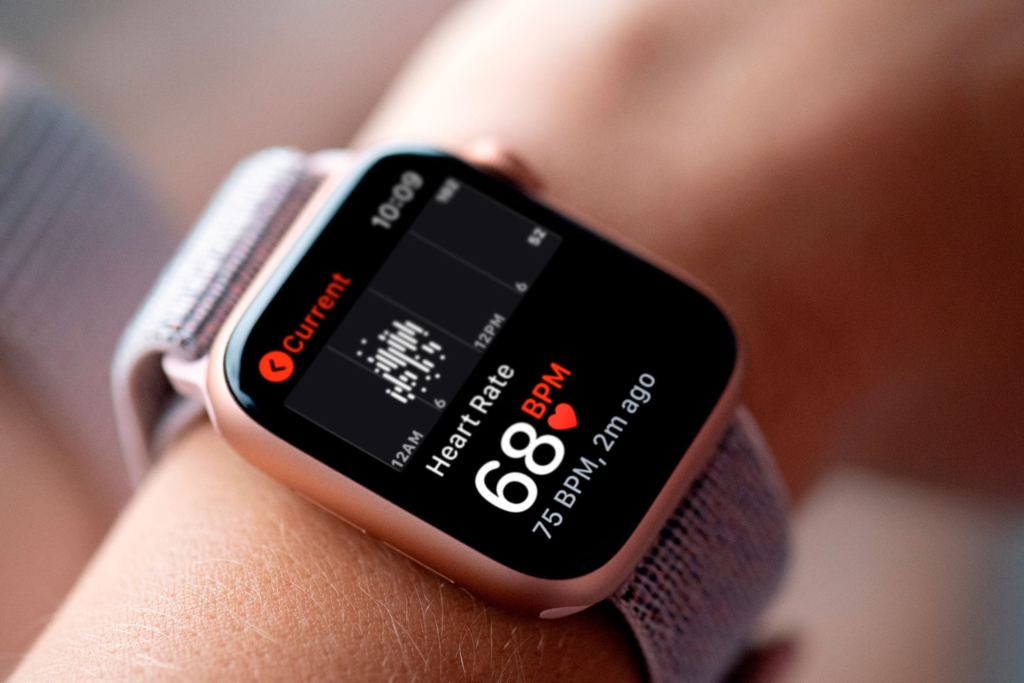In an era where technology and healthcare are increasingly intertwined, smartwatches have emerged as powerful tools for monitoring overall well-being. Recent research from Northwestern University Feinberg School of Medicine suggests that these wearable devices can play a crucial role in detecting early signs of heart disease, potentially aiding in the prevention of severe cardiovascular conditions.

The Science Behind Smartwatch Heart Monitoring
One of the key findings from the study revolves around a new metric called Daily Heart Rate Per Step (DHRPS). This measurement is obtained by dividing an individual’s average daily heart rate by the total number of steps taken. The research indicates that a higher DHRPS could be a red flag, linking it to an increased risk of:
- Type 2 diabetes
- Heart failure
- High blood pressure
- Coronary atherosclerosis (a condition where arteries narrow due to plaque buildup)
The ability to assess these risks using a smartwatch enables users to take proactive measures and consult medical professionals at the earliest signs of trouble.
How Smartwatches Can Help Users Monitor Their Heart Health
Smartwatches are equipped with optical heart rate sensors, pedometers, and advanced analytics that track a variety of health metrics. Users can leverage these features in the following ways:
1. Tracking Heart Rate Trends
Most smartwatches provide continuous heart rate monitoring, allowing users to observe fluctuations throughout the day. If there is an unusual increase in heart rate without physical exertion, it could indicate underlying health issues.
2. Measuring Daily Heart Rate Per Step (DHRPS)
With the newfound DHRPS metric, smartwatch users can manually or automatically compute their ratio. If this value remains consistently high, it might be time to seek medical advice.
3. Identifying Irregular Heart Rhythms
Many smartwatches, such as the Apple Watch and Fitbit, feature electrocardiogram (ECG) capabilities, which can detect irregular heart rhythms like atrial fibrillation. Early detection of such conditions can help prevent strokes and other complications.
4. Monitoring Activity Levels
A sedentary lifestyle contributes to heart disease. Smartwatches encourage users to stay active by tracking steps, workouts, and even prompting movement when prolonged inactivity is detected.
The Future of Wearable Heart Health Monitoring
The integration of AI and machine learning with smartwatch data is expected to further revolutionize heart health monitoring. Future advancements may include:
- More accurate predictive analytics to assess heart disease risks
- Automated alerts for dangerous heart rate fluctuations
- Better integration with medical records, allowing doctors to analyze long-term heart health trends
Conclusion
The Northwestern University study underscores the potential of smartwatches in early heart disease detection. By monitoring key metrics like DHRPS, heart rate variability, and activity levels, individuals can take proactive steps toward better heart health. While smartwatches should not replace professional medical advice, they offer a powerful complementary tool for cardiovascular monitoring.
With continued research and advancements, smartwatches could soon become an essential element in personalized healthcare, helping millions prevent serious heart-related conditions before they escalate.
